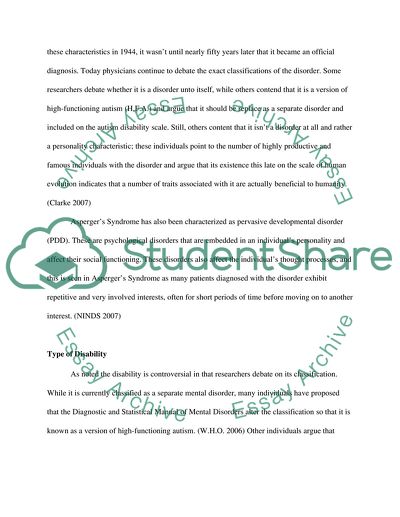Cite this document
(Asperger's Syndrome Research Paper Example | Topics and Well Written Essays - 1750 words, n.d.)
Asperger's Syndrome Research Paper Example | Topics and Well Written Essays - 1750 words. Retrieved from https://studentshare.org/medical-science/1738275-aspergers-syndrome
Asperger's Syndrome Research Paper Example | Topics and Well Written Essays - 1750 words. Retrieved from https://studentshare.org/medical-science/1738275-aspergers-syndrome
(Asperger'S Syndrome Research Paper Example | Topics and Well Written Essays - 1750 Words)
Asperger'S Syndrome Research Paper Example | Topics and Well Written Essays - 1750 Words. https://studentshare.org/medical-science/1738275-aspergers-syndrome.
Asperger'S Syndrome Research Paper Example | Topics and Well Written Essays - 1750 Words. https://studentshare.org/medical-science/1738275-aspergers-syndrome.
“Asperger'S Syndrome Research Paper Example | Topics and Well Written Essays - 1750 Words”, n.d. https://studentshare.org/medical-science/1738275-aspergers-syndrome.


